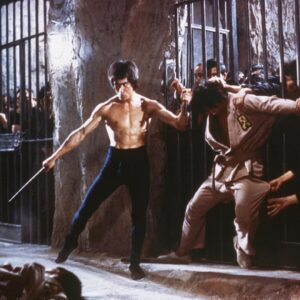
“Enter the Dragon” (1973) is a martial arts action film directed by Robert Clouse and stars Bruce Lee in one of his most iconic roles.
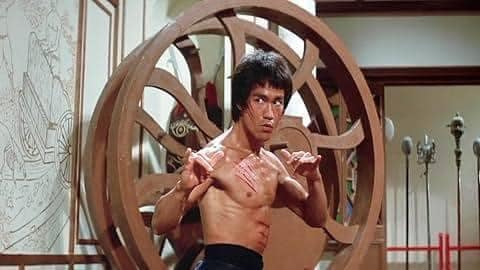
Lee travels to Han’s island, where he meets other contestants, each with their own reasons for being there. Among them are Roper (John Saxon), a charming but financially troubled American playboy, and Williams (Jim Kelly), a charismatic African-American martial artist who has left the United States to escape racial discrimination and police harassment. As they settle into the island’s luxurious facilities, the fighters quickly realize that the tournament is merely a front for Han’s nefarious operations.
During the tournament, the contestants showcase their unique fighting styles in a series of intense, well-choreographed battles, with Lee demonstrating his unparalleled speed, agility, and mastery of various martial arts techniques. However, Lee’s real mission begins under the cover of night. Using his stealth and martial arts skills, he secretly explores the island and uncovers evidence of Han’s illegal activities. He discovers an underground complex filled with armed guards, opium production facilities, and prisoners forced into labor, all controlled by Han’s ruthless enforcers.
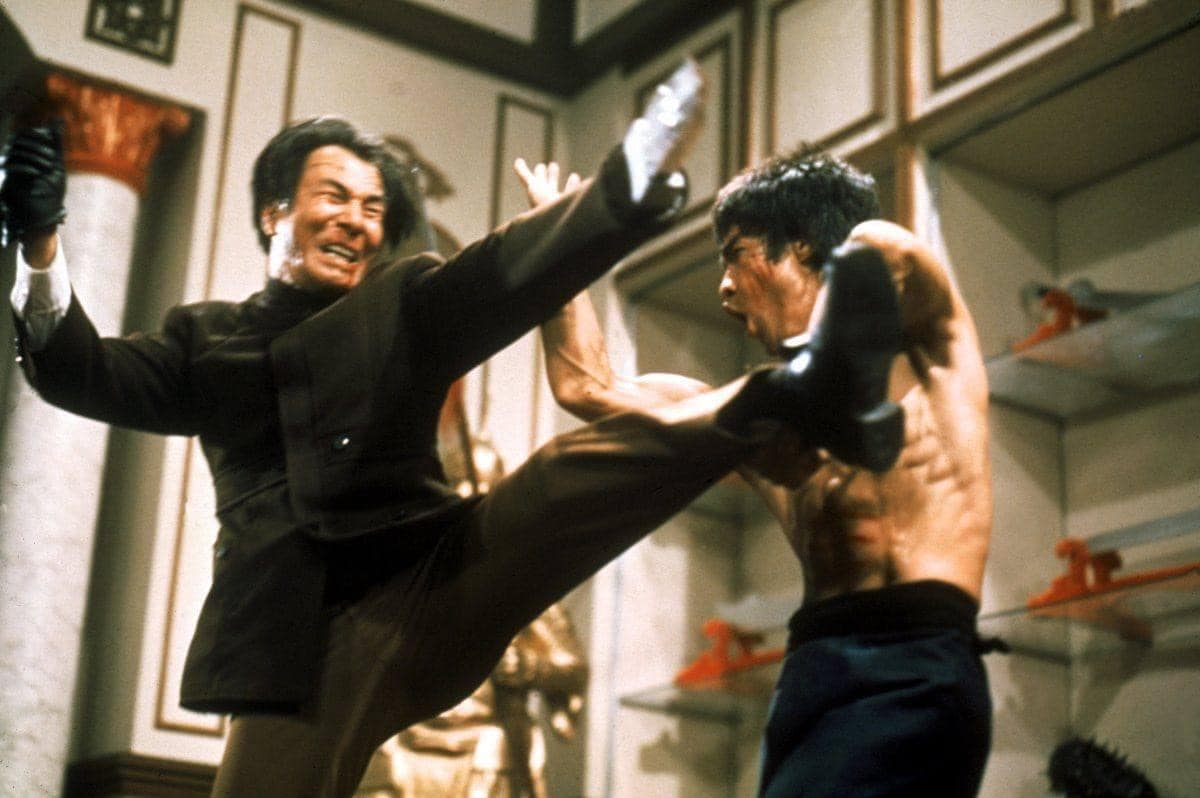
Lee’s investigation puts him in increasing danger, especially when Han begins to suspect that someone is infiltrating his operations. Meanwhile, Roper and Williams find themselves drawn deeper into the island’s dark underbelly. Williams, driven by his moral compass, becomes a target after he uncovers Han’s cruelty and exploitation of the island’s inhabitants. In a gripping confrontation, Williams faces Han and is killed, serving as a brutal warning to the other contestants.
As the tension mounts, Han reveals his true nature. During one of the tournament’s final matches, he forces Roper to fight his friend, Lee. However, Roper refuses, showing his allegiance to Lee and his growing disgust with Han’s operations. This act of defiance sets off a chain of events that leads to an all-out battle between Han’s forces and the tournament contestants who side with Lee.
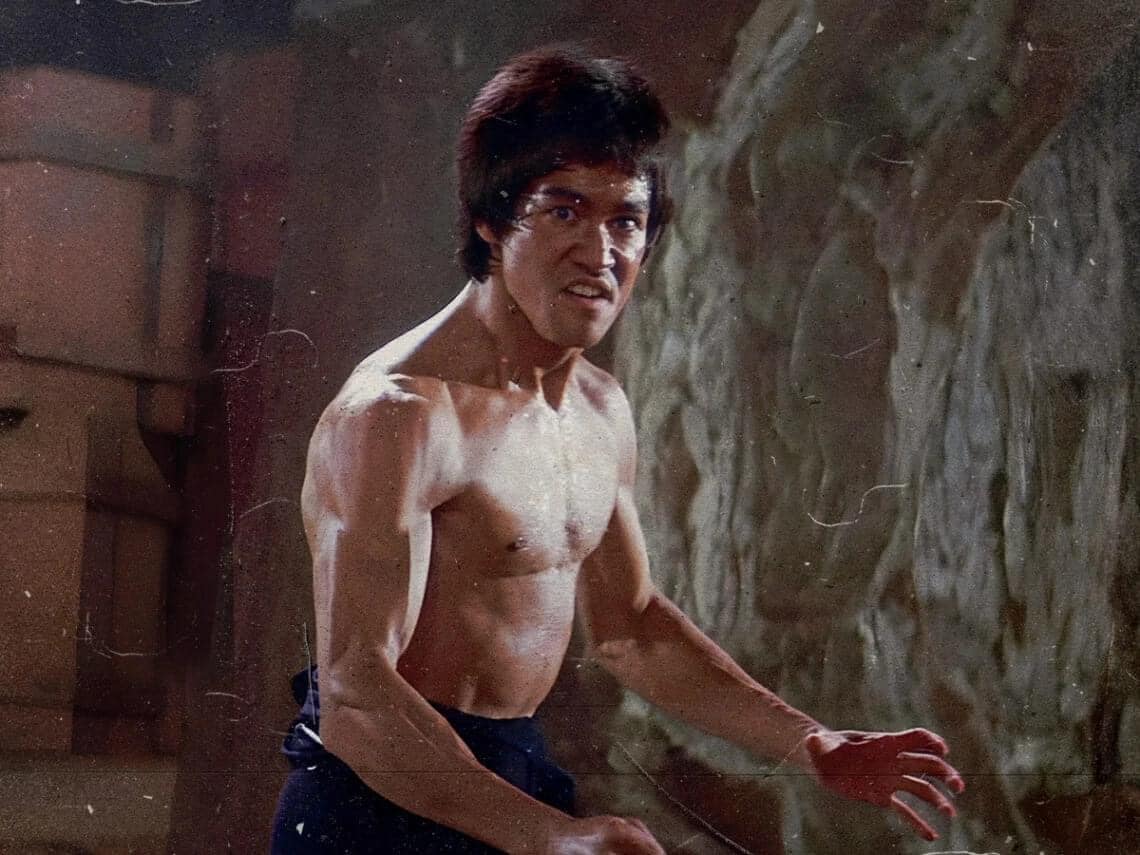
In the film’s climactic sequence, Lee confronts Han in a hall of mirrors. The scene is one of the most iconic in film history, showcasing Lee’s psychological and physical battle against a formidable foe. Han, armed with a bladed prosthetic hand, uses the mirrors to disorient Lee. However, drawing on his training and inner focus, Lee smashes the mirrors to eliminate the illusions, finally defeating Han in a tense and visceral showdown.
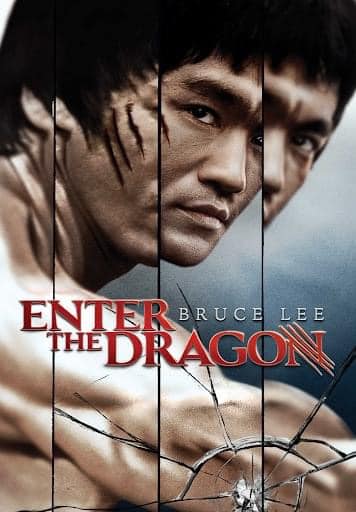
“Enter the Dragon” concludes with Lee and Roper successfully overcoming Han’s forces, liberating the island’s prisoners, and signaling the arrival of authorities to shut down the criminal operation. The film ends with a sense of triumph and bittersweet reflection, as Lee gazes over the now-liberated island, honoring the memory of his sister and the fallen Williams.
The movie is not only a showcase for Bruce Lee’s martial arts skills but also a film with deeper philosophical underpinnings, exploring themes of honor, justice, and the warrior’s path. “Enter the Dragon” solidified Bruce Lee’s legacy as a martial arts legend and left an indelible mark on the genre, influencing countless action films and martial artists around the world for generations to come.
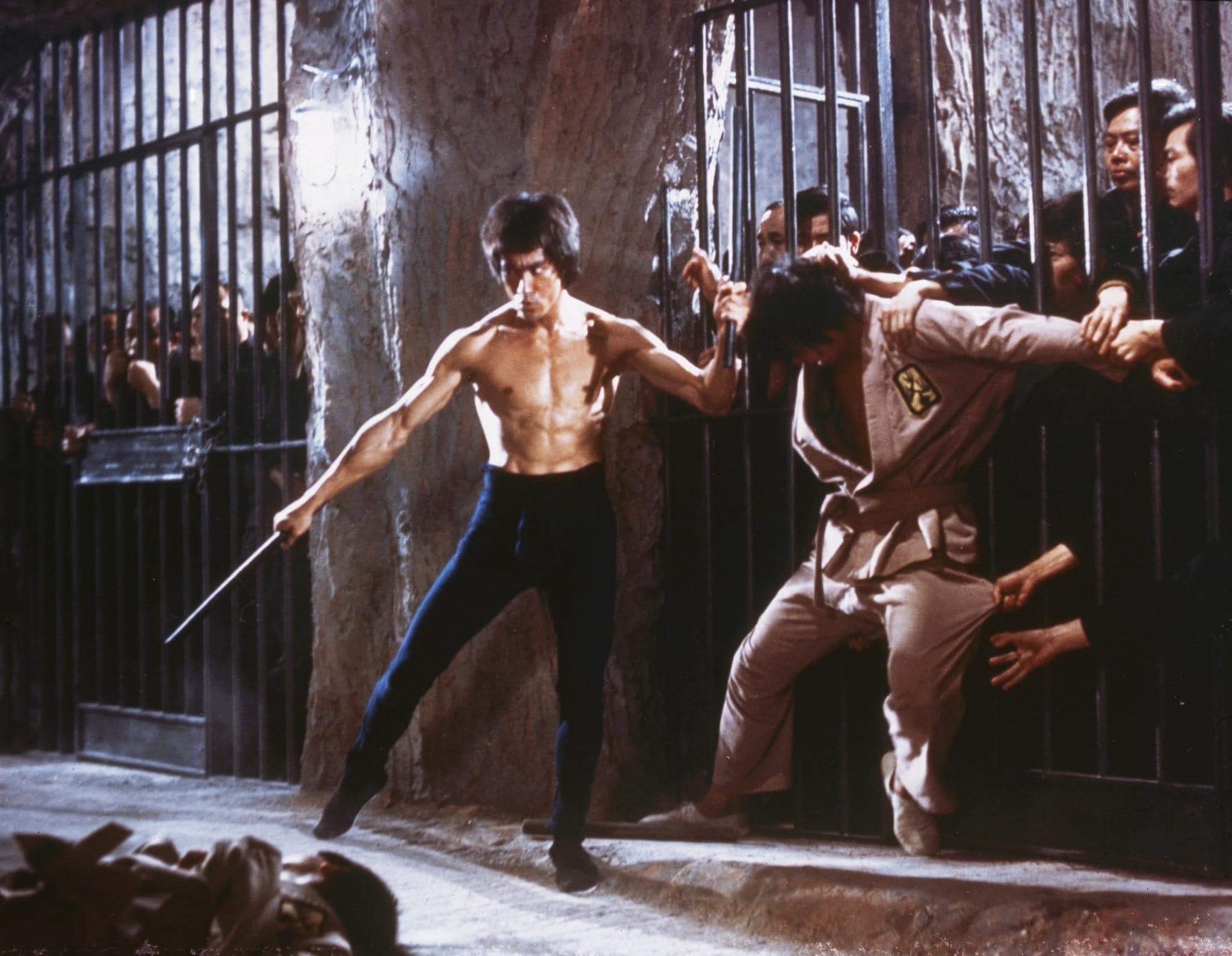
WATCH:

“SAS: Red Notice” (2021) is an action-packed thriller that delves into themes of duty, loyalty, and moral ambiguity.
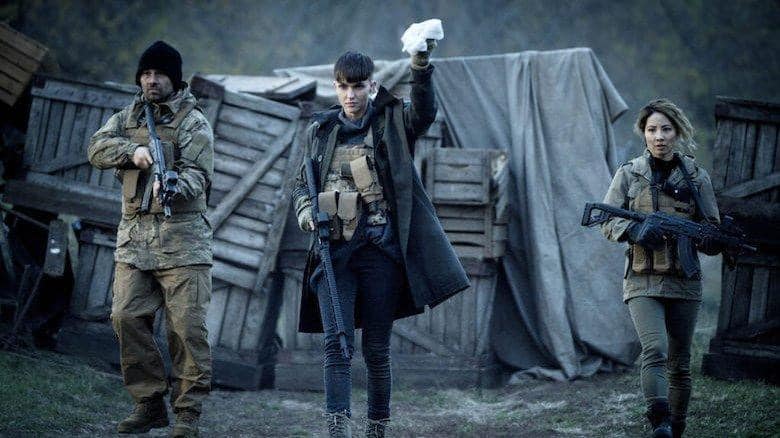
Tom Buckingham, who is on leave and planning to propose to his girlfriend, Dr. Sophie Hart (Hannah John-Kamen), is unexpectedly thrust back into action. While on a Eurostar train to Paris, the couple finds themselves in the middle of a hijacking orchestrated by Grace and her team. The Black Swans demand a hefty ransom and the release of their imprisoned leader, William Lewis (Tom Wilkinson), Grace’s father.
As the SAS is called in to respond, Tom’s loyalty to his unit is tested against his personal desire to protect Sophie. The film dives into Tom’s internal struggle as he balances his duty as a soldier with his moral compass. He must navigate a tense and dangerous situation, relying on his training and instincts to outmaneuver Grace and her team.
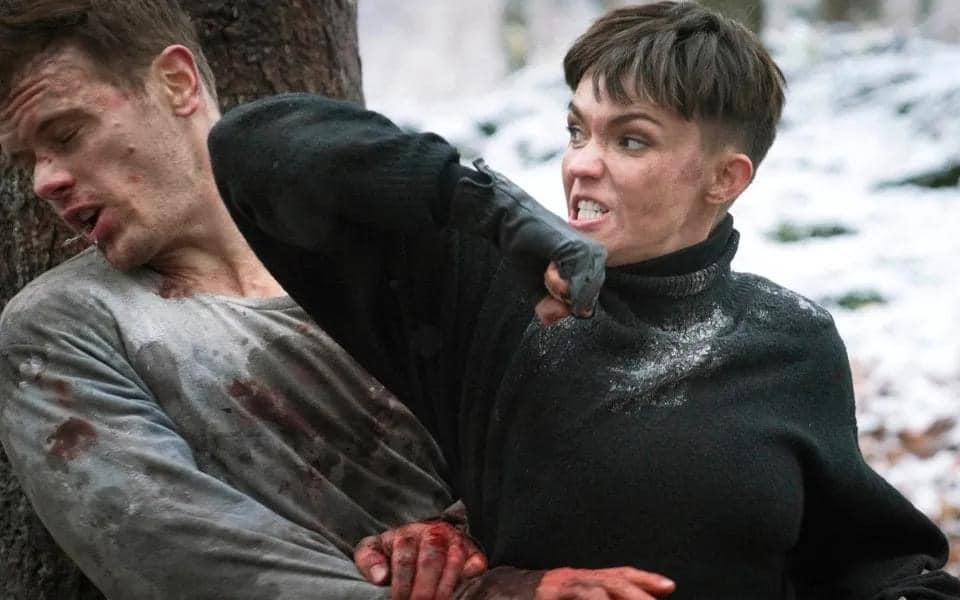
The narrative weaves through intense combat sequences, strategic planning, and psychological warfare. Tom’s character is developed as a man of principle, facing ethical dilemmas that question his loyalty to his country, his duty to his team, and his love for Sophie. The tension mounts as Tom takes it upon himself to neutralize the threat, not only to save the passengers on the train but to stop Grace from carrying out a catastrophic attack on London.
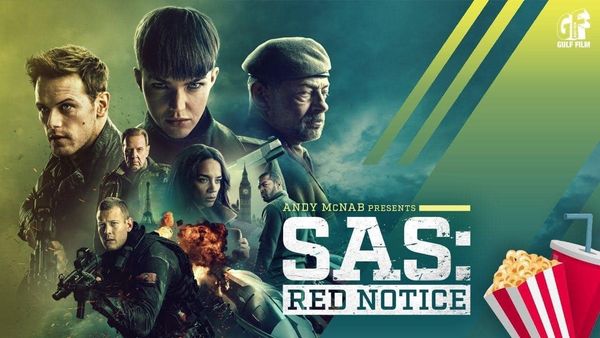
The climax of the film is a high-stakes confrontation between Tom and Grace, highlighting themes of vengeance, redemption, and the blurred lines between right and wrong. Grace, driven by a desire to prove herself and avenge her father’s capture, becomes a formidable adversary who forces Tom to confront his beliefs about justice and duty.
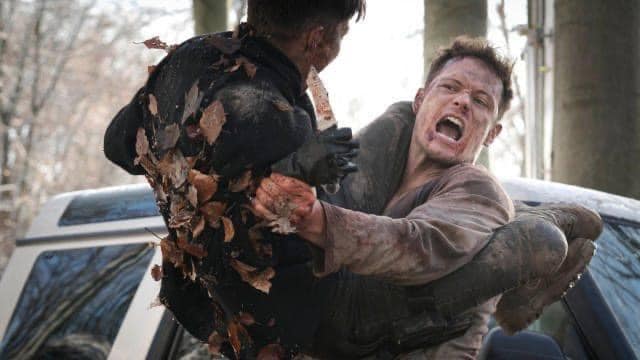
In the end, “SAS: Red Notice” leaves viewers questioning the cost of loyalty and the sacrifices made in the name of duty. It is a gripping tale that combines relentless action with a thought-provoking examination of moral ambiguity in the world of modern warfare.
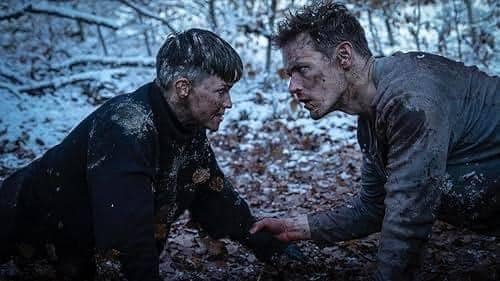
WATCH:
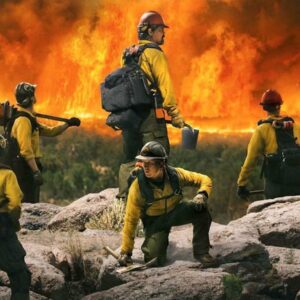
Only the Brave (2017) is a biographical drama film directed by Joseph Kosinski, based on the true story of the Granite Mountain Hotshots, an elite group of firefighters.
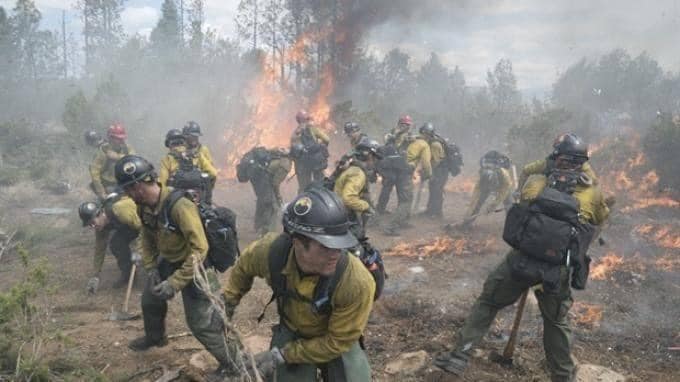
The story primarily follows Eric Marsh (Josh Brolin), the superintendent of the Granite Mountain Hotshots, who is dedicated to turning his crew into a certified hotshot team—the highest tier of wildfire fighters. Marsh is a seasoned veteran who leads with tough love and demands the best from his team, recognizing the dangers they face and the skills required to combat massive wildfires. His wife, Amanda Marsh (Jennifer Connelly), supports him but struggles with the constant threat of losing him to the dangerous job he loves.
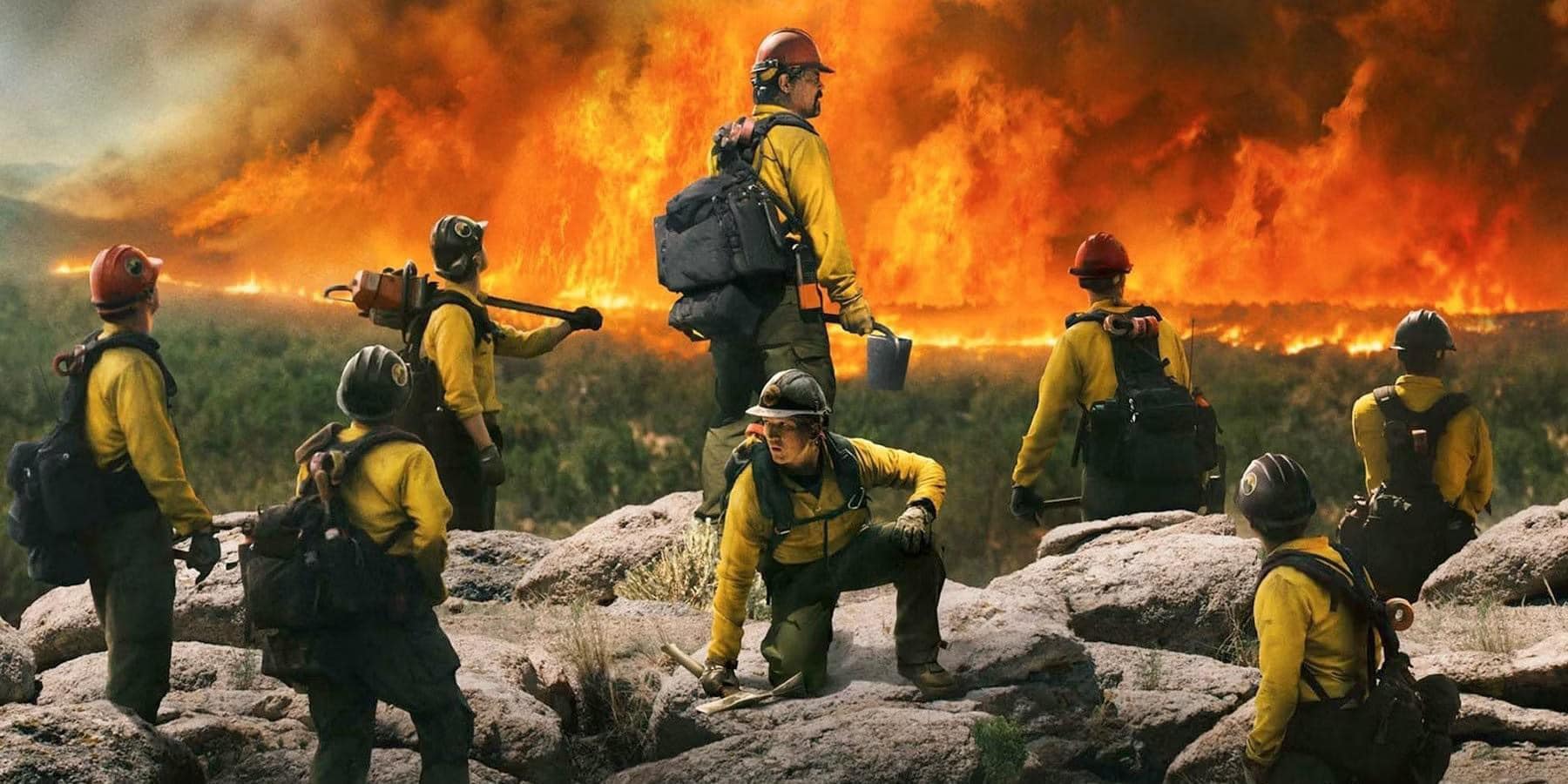
As Marsh works to build his team, we are introduced to several key members, including Brendan McDonough (Miles Teller), a young man with a troubled past. “Donut,” as he’s affectionately nicknamed, is given a second chance when he joins the Hotshots to provide for his newborn daughter. Under Marsh’s mentorship, Brendan transforms from a wayward youth into a determined and courageous firefighter.
The film beautifully portrays the camaraderie, brotherhood, and unyielding spirit of the Granite Mountain Hotshots. It highlights the intense training they undergo, the trust they build in each other, and the immense physical and mental challenges they face while battling some of the most ferocious wildfires. It also delves into the personal lives of the team members, revealing the toll that such a dangerous profession takes on their relationships and families.
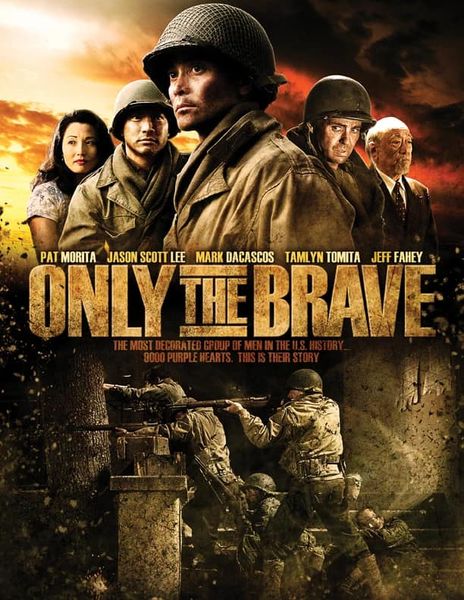
The climax of “Only the Brave” centers around the Yarnell Hill Fire, where the Hotshots are deployed to fight a rapidly spreading blaze threatening the town of Yarnell. In a harrowing sequence of events, the fire becomes unpredictable due to changing winds, trapping the team in a narrow canyon. Despite their best efforts to contain the blaze and protect themselves, 19 of the 20 members of the Granite Mountain Hotshots lose their lives in the line of duty.

The film ends on a poignant note, showing the aftermath of the tragedy and how it impacts the survivors, especially Brendan McDonough, the sole survivor of the incident. The story pays tribute to the courage and sacrifice of these firefighters, emphasizing the themes of heroism, resilience, and the indomitable spirit of those who risk everything to save others.
“Only the Brave” is a heartfelt tribute to the bravery and dedication of the Granite Mountain Hotshots, capturing both the humanity and heroism of the men who fought fearlessly to protect their community. The film serves as a powerful reminder of the sacrifices made by first responders and their unwavering commitment to service, even in the face of overwhelming odds.
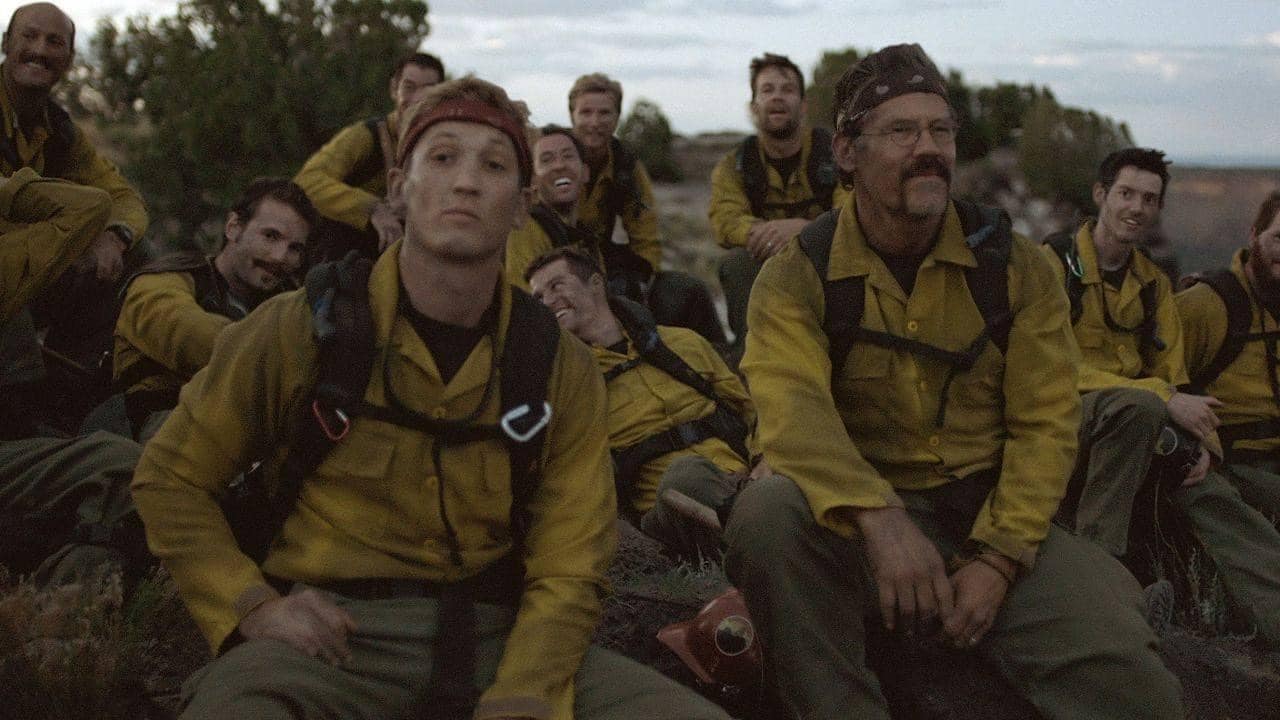
WATCH HERE:
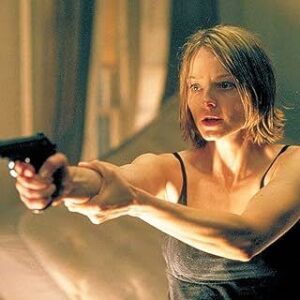
Panic Room (2002) is a thriller film directed by David Fincher, known for his work on Fight Club and Se7en.
“Panic Room” (2002) is a suspenseful thriller directed by David Fincher, renowned for his mastery of the psychological thriller genre, as seen in his previous works like “Fight Club” and “Se7en.” The film centers on a tense home invasion scenario that unfolds almost entirely within the confines of a single house, showcasing Fincher’s ability to build claustrophobic tension and suspense.
The story follows Meg Altman (Jodie Foster) and her daughter Sarah (Kristen Stewart), who have recently moved into a spacious brownstone in New York City after Meg’s divorce. The house is equipped with a state-of-the-art “panic room,” a hidden, fortified space designed to protect its occupants in case of an emergency. The room is impenetrable, with concrete walls, its own ventilation system, and a surveillance network monitoring the entire house.
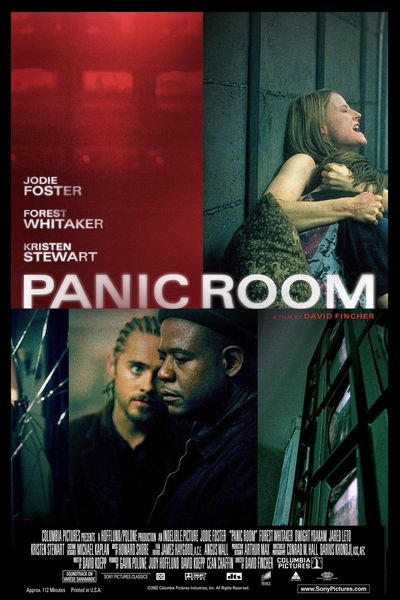
On their first night in the new home, Meg and Sarah are suddenly thrust into a life-threatening situation when three burglars break in, unaware that the house is occupied. The intruders—Burnham (Forest Whitaker), a security expert with a conscience; Raoul (Dwight Yoakam), a violent and unpredictable criminal; and Junior (Jared Leto), the ringleader with insider knowledge of the house—are there to steal a hidden fortune left by the previous owner. Unbeknownst to them, Meg and Sarah manage to lock themselves inside the panic room just as the burglars enter the house.
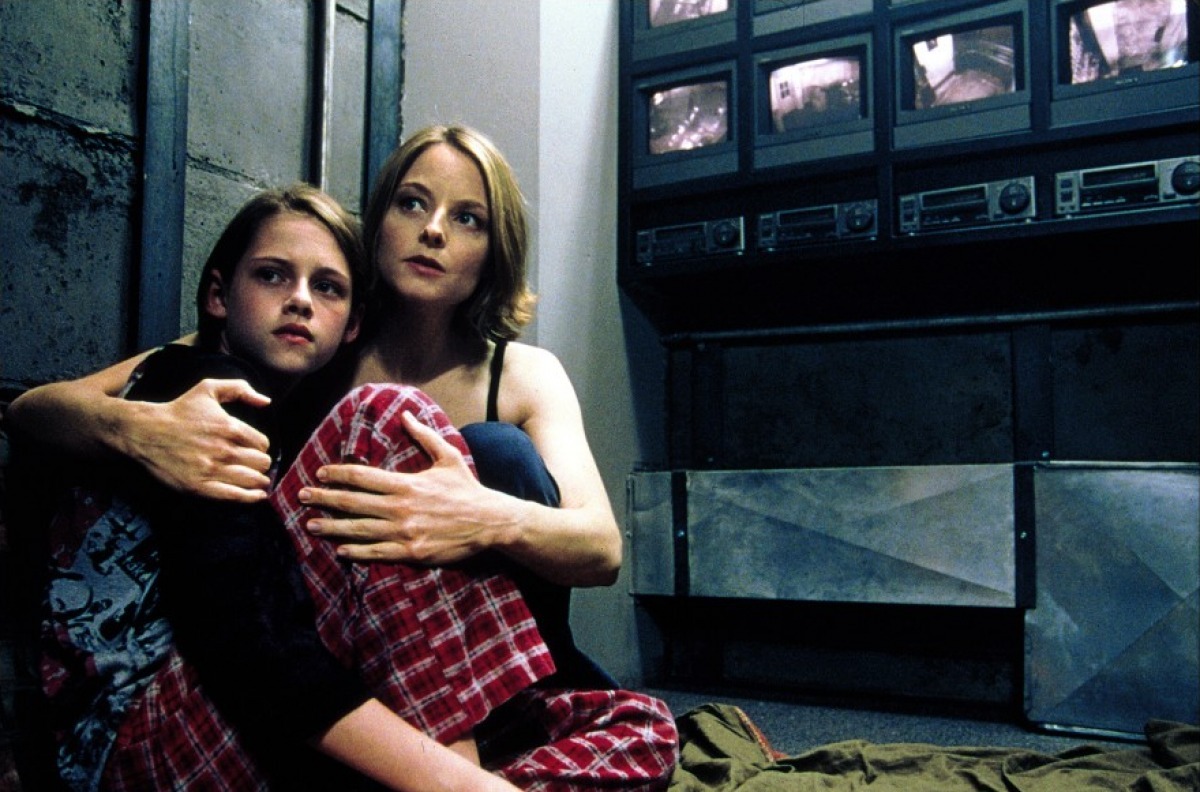
What follows is a high-stakes game of cat and mouse. The panic room, meant to be a sanctuary, becomes a prison as the intruders realize the money they seek is inside the room. Burnham, the most morally conflicted of the group, tries to keep the situation from escalating, while Raoul grows increasingly desperate and violent. Meg, driven by her fierce maternal instincts to protect her daughter, must outwit the burglars using every resource at her disposal, including the surveillance cameras, limited communication systems, and her ingenuity.
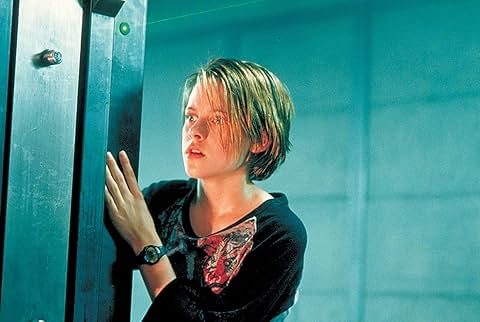
The film intensifies as Sarah, who has diabetes, begins to suffer from a severe hypoglycemic episode, forcing Meg to make desperate decisions to save her daughter’s life. The confined setting amplifies the tension, as every creak of the floor and shadow in the hallway heightens the audience’s anxiety. Fincher’s meticulous direction, combined with the film’s tight editing and atmospheric cinematography, creates a sense of relentless suspense.
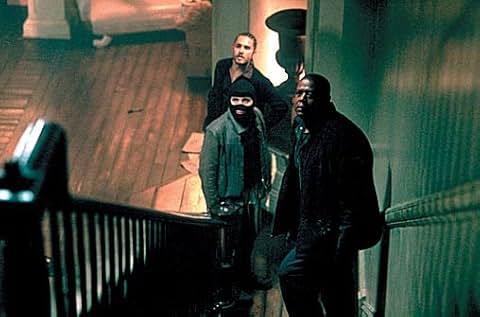
“Panic Room” is not just a thriller about a home invasion but also a psychological drama that delves into themes of fear, survival, and moral ambiguity. Each character is well-developed, and the film plays with the viewers’ sympathies, especially with the character of Burnham, who is torn between his desperation for money and his unwillingness to harm the innocent. Jodie Foster delivers a compelling performance as a mother fighting for her child’s survival, while Kristen Stewart, in one of her early roles, effectively portrays a vulnerable yet resilient young girl.
The film concludes with a nail-biting climax that sees Meg and Sarah narrowly escaping with their lives, while the intruders face the consequences of their choices. “Panic Room” remains a standout thriller in David Fincher’s filmography, praised for its taut storytelling, strong performances, and ability to sustain tension throughout its runtime, making it a masterclass in creating suspense in a confined space.
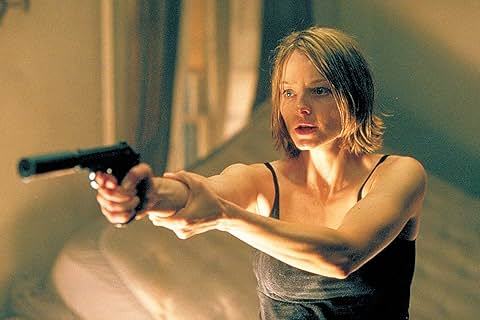
WATCH:
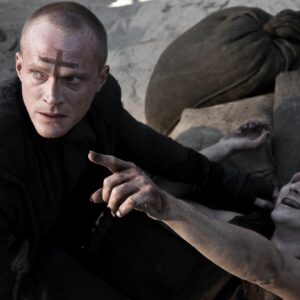
Priest (2011) is a dystopian action-horror film directed by Scott Stewart and based on the Korean comic series of the same name by Min-Woo Hyung.
“Priest” (2011) is a dystopian action-horror film directed by Scott Stewart, based on the Korean comic series by Min-Woo Hyung. Set in a bleak, alternate world where humanity has been engaged in a centuries-long war against vampires, the film blends elements of horror, action, and science fiction, creating a unique narrative that explores themes of faith, loyalty, and the struggle between good and evil.
The story takes place in a dystopian society governed by a theocratic church that wields absolute power. In this world, the remnants of humanity live in walled cities protected by the Church after a devastating war against vampires. These vampires are not the traditional seductive creatures of folklore but rather monstrous, savage beings. To combat this threat, the Church had trained a group of warrior monks known as Priests, highly skilled fighters with supernatural abilities granted to them by their intense faith and rigorous training.
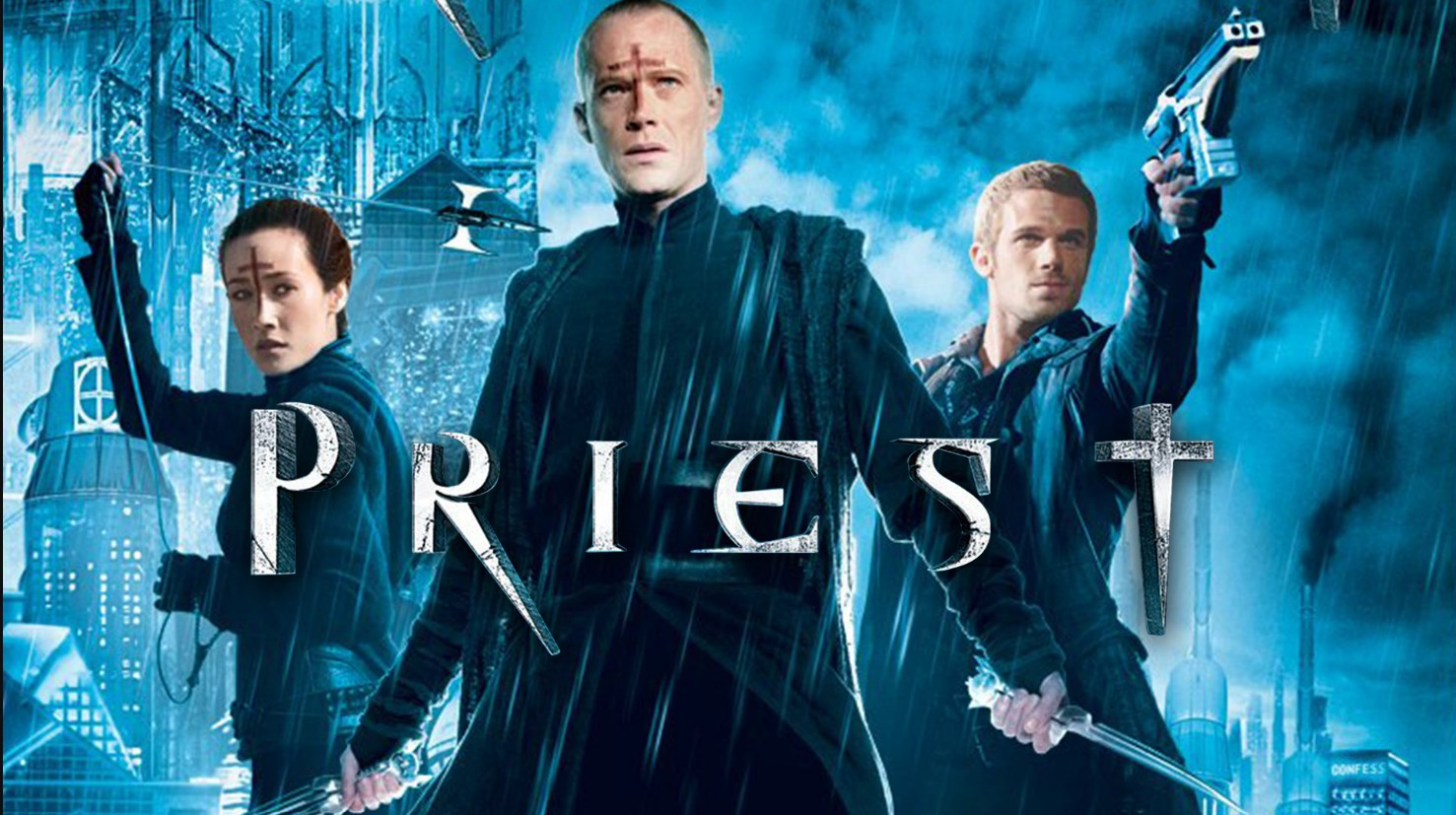
Paul Bettany stars as the nameless protagonist, referred to simply as “Priest,” a veteran of the vampire wars who now lives a quiet, reclusive life in the city, marked by his distinctive cross tattoo. The Priests have been disbanded by the Church following the war’s end, and their existence has been largely forgotten, deemed unnecessary by the ruling religious authority.
The plot kicks into action when Priest’s niece, Lucy (Lily Collins), is kidnapped by a group of vampires led by a mysterious and powerful figure known as Black Hat (Karl Urban). Black Hat, a former Priest himself, was turned into a vampire during a mission and now seeks revenge against the Church and its former comrades. He is the first human-vampire hybrid, granting him both vampire strengths and human intelligence, making him a formidable enemy.
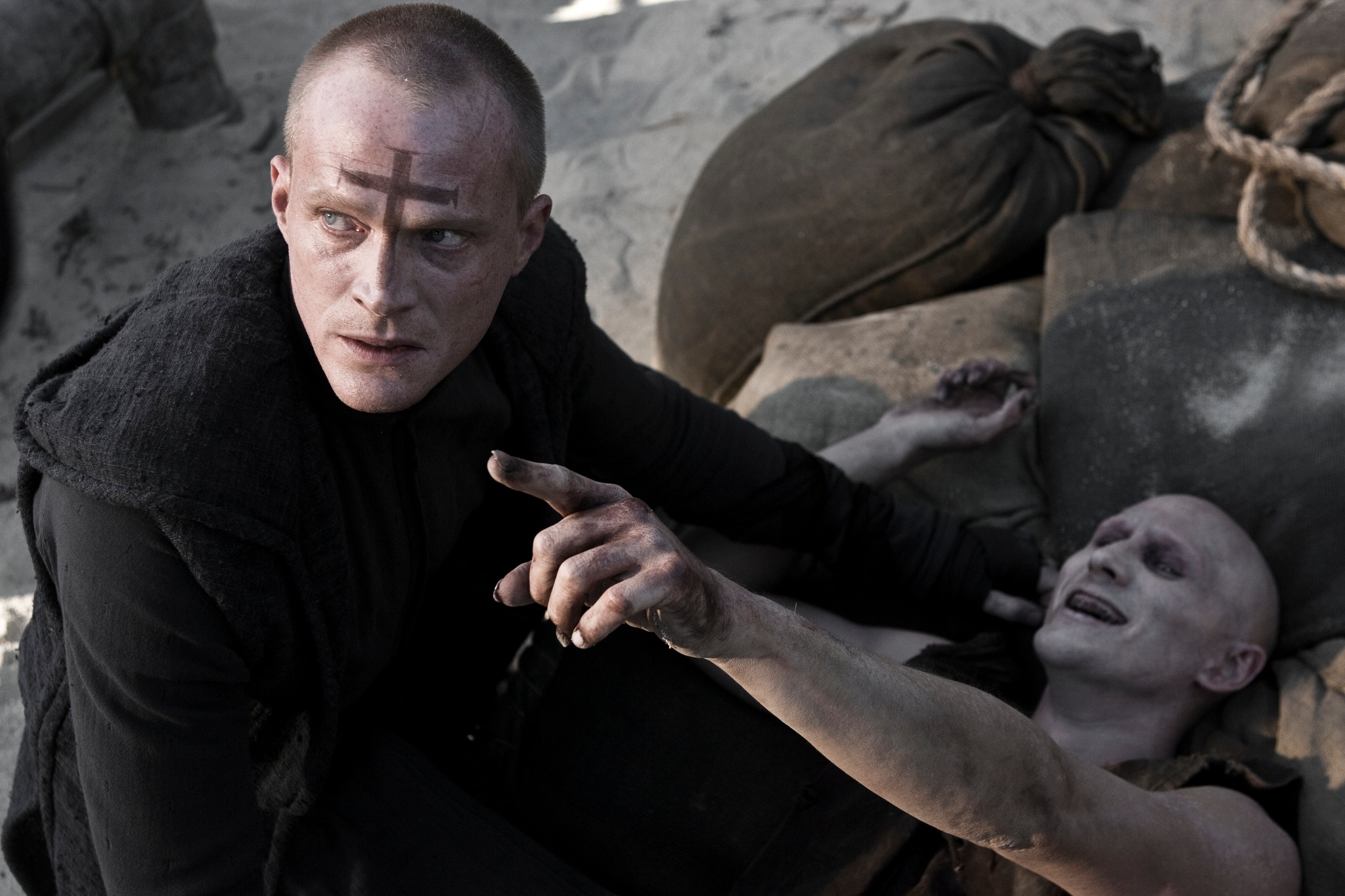
Defying the Church’s orders to stay within the city walls, Priest sets out on a perilous mission to rescue Lucy and bring her captors to justice. Accompanying him is Hicks (Cam Gigandet), the local sheriff who is also Lucy’s boyfriend. The two set out across the desolate wastelands beyond the city, a lawless frontier populated by outlaws and infested with vampires. Along the way, they are joined by Priestess (Maggie Q), a fellow warrior with whom Priest shares a complicated history and a mutual respect.
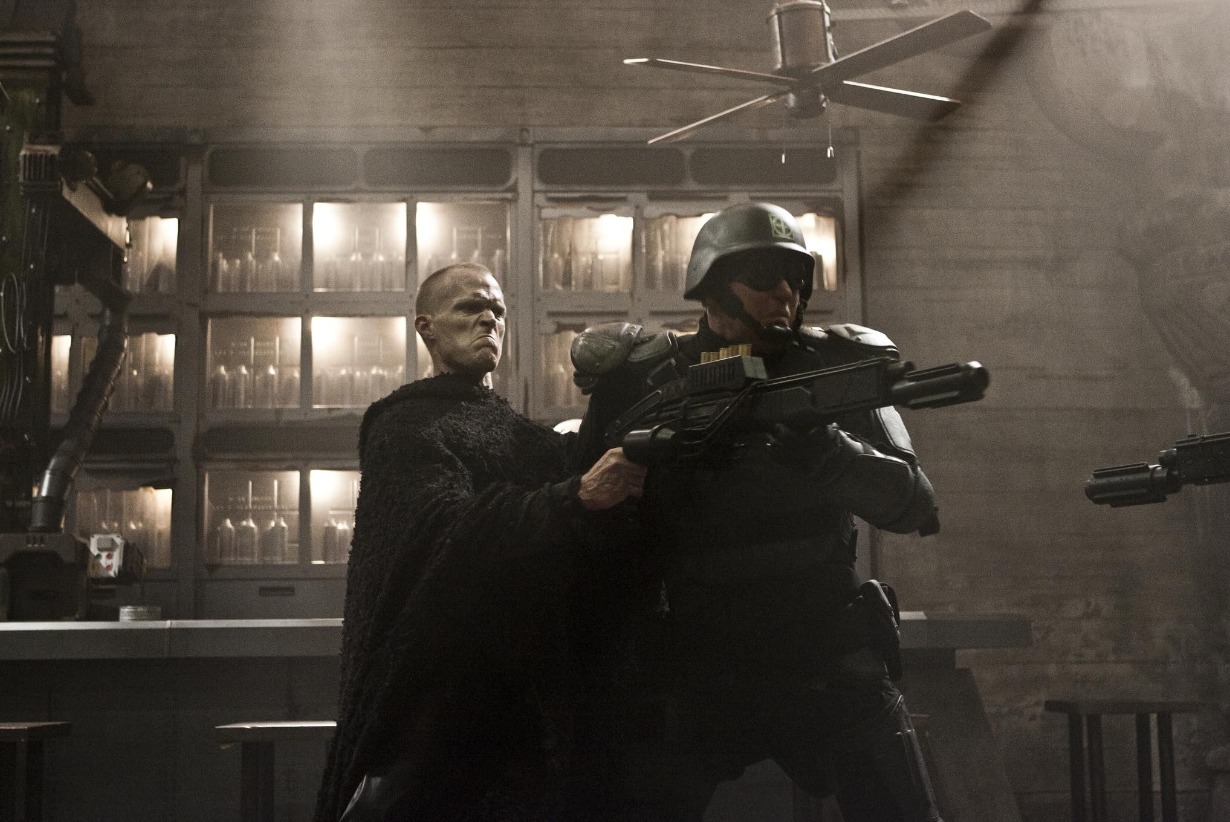
The journey is fraught with danger as they encounter numerous vampire hives and fight off vicious attacks. The film’s action sequences are intense and stylized, combining martial arts with gunplay and supernatural abilities, creating visually striking battles against the vampire hordes. The tension builds as they get closer to Black Hat’s lair, realizing that he is building an army to launch an all-out assault on the human cities.
The climax of “Priest” unfolds in a high-octane confrontation between Priest, his allies, and Black Hat’s forces on a speeding train bound for one of the walled cities. The film explores the conflicting themes of faith and doubt, loyalty and betrayal, as Priest faces his former brother-in-arms and grapples with his own crisis of faith. The battle is both physical and ideological, with Priest confronting the loss and disillusionment that came from the Church’s betrayal and Black Hat’s descent into darkness.
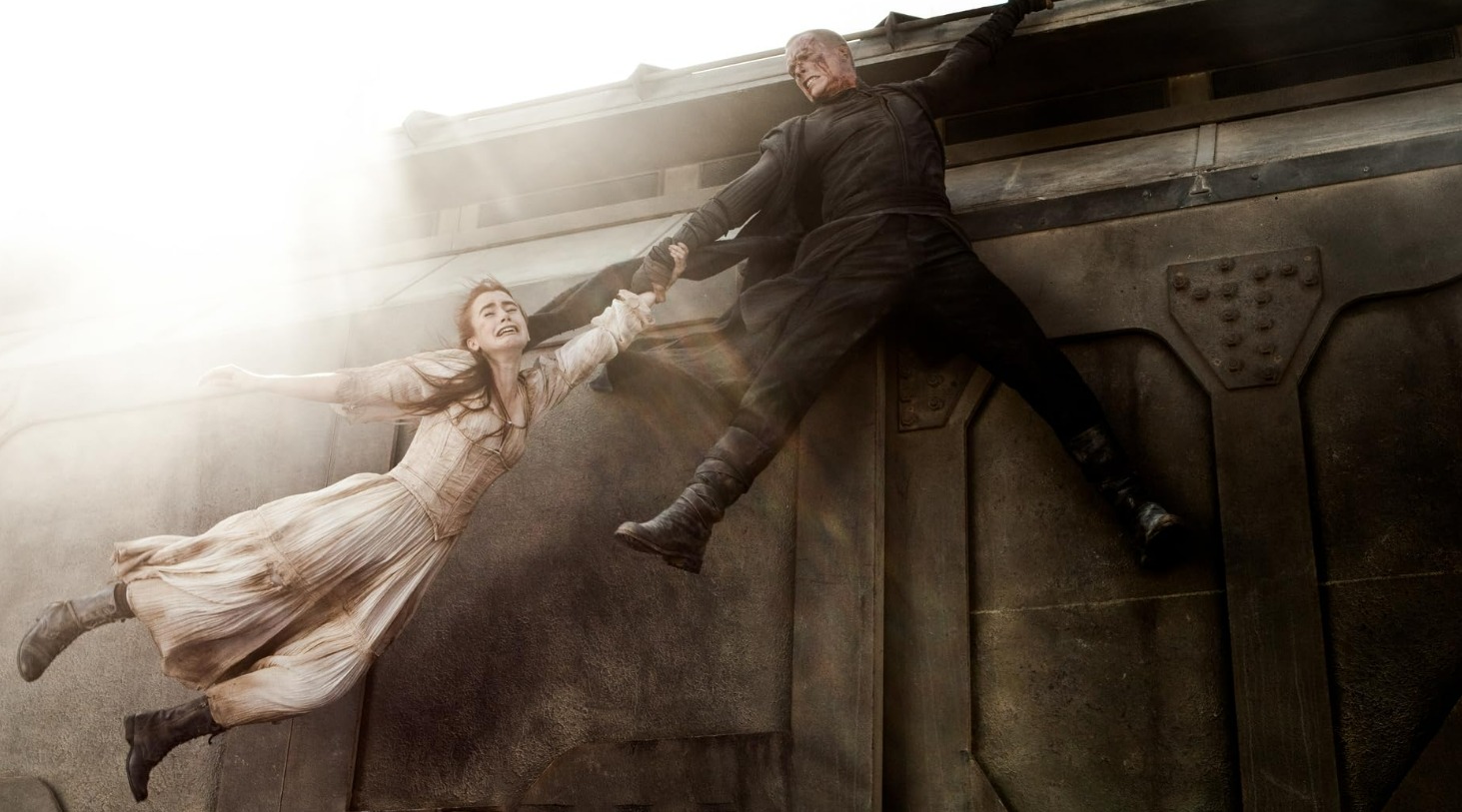
“Priest” is a blend of dystopian and supernatural elements, merging a post-apocalyptic setting with a dark, gothic horror aesthetic. It presents a world where the boundaries between human and monster are blurred, and the quest for redemption is fraught with moral ambiguity. The film is notable for its visually striking landscapes and action sequences, as well as its exploration of themes such as religious authority, faith, and the nature of evil.
Although “Priest” received mixed reviews for its narrative and character development, it remains a unique entry in the action-horror genre, offering a stylized, dark vision of a world where the fight against ancient evils is as much about battling external monsters as it is about confronting internal demons.
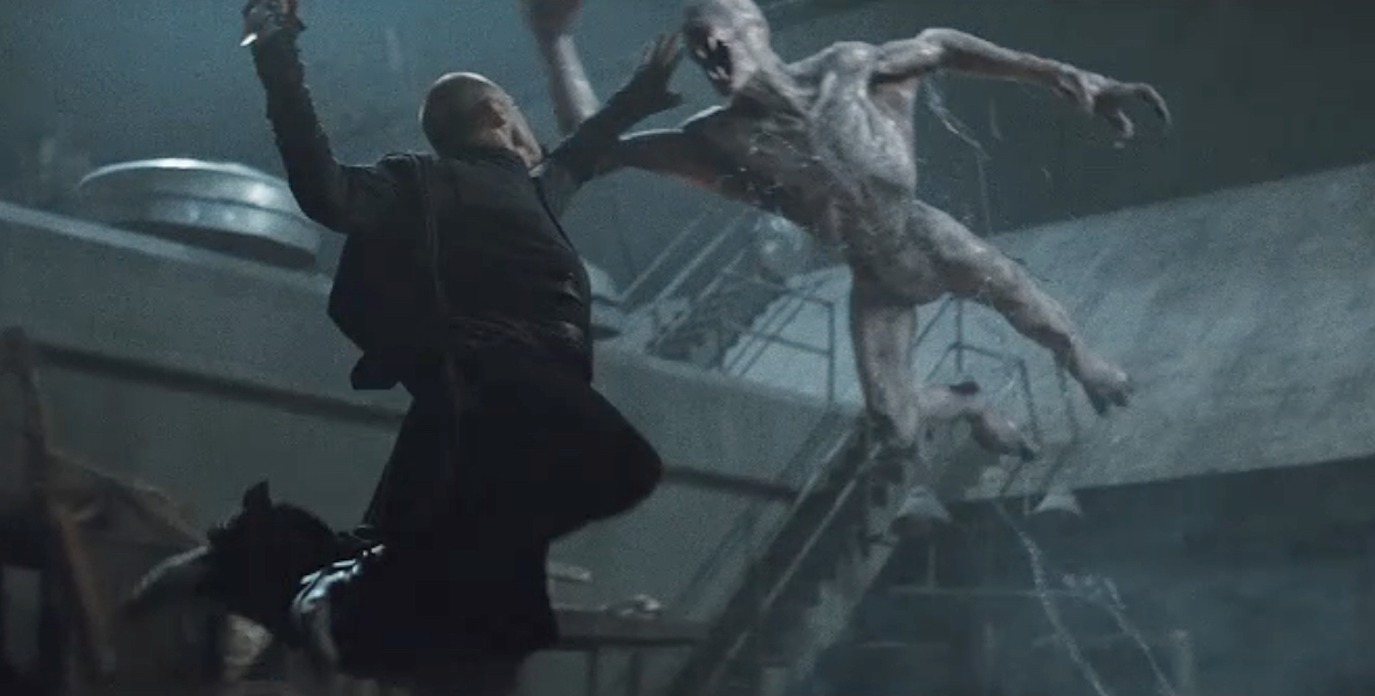
WATCH:
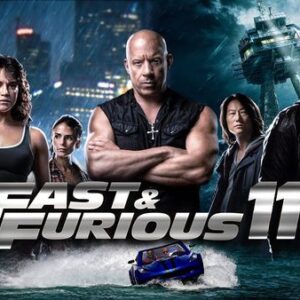
F9 (also known as Fast & Furious 9) is an upcoming American action film directed by Justin Lin, who also co-wrote the screenplay with Daniel Casey.
“F9” (also known as “Fast & Furious 9”) is a high-octane action film directed by Justin Lin, who returns to the franchise after previously directing four of its installments. Co-written with Daniel Casey, the film continues the saga of Dominic Toretto (Vin Diesel) and his team of skilled drivers and street racers as they face new and formidable threats while pushing the limits of speed, loyalty, and family.
The story picks up after the events of “The Fate of the Furious” (2017), with Dom Toretto now living a quiet life off the grid with his wife Letty Ortiz (Michelle Rodriguez) and their young son, Brian. However, Dom’s peaceful existence is shattered when his estranged brother Jakob Toretto (John Cena), a highly skilled assassin and master thief, emerges as a new enemy. Jakob, who has been working with a powerful and mysterious organization, harbors a deep grudge against Dom, stemming from unresolved family issues that have festered for years.
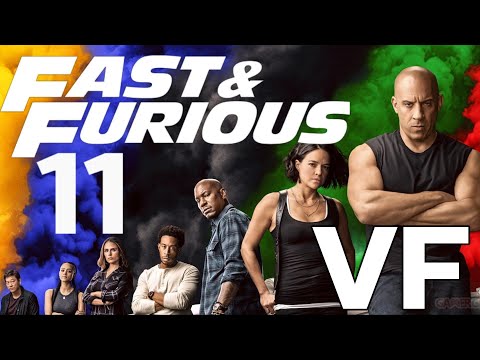
As Jakob threatens global security with a dangerous new weapon, Dom is forced to confront his past and reconcile with the painful memories of his fractured relationship with his brother. He assembles his team once again, including Letty, Roman Pearce (Tyrese Gibson), Tej Parker (Ludacris), Ramsey (Nathalie Emmanuel), and Mia Toretto (Jordana Brewster), who returns to the fold to help her brother Dom face their greatest challenge yet.
The film features a series of explosive action sequences that take the crew across the globe, from the streets of London and Tokyo to the jungles of Central America and a secret underground bunker in Eastern Europe. With high-speed chases, gravity-defying stunts, and intricate heists, “F9” raises the stakes in every way imaginable. The film also introduces magnet technology as a key element, leading to some of the most inventive car chases ever seen in the franchise, where vehicles are flung around like toys in a child’s sandbox.
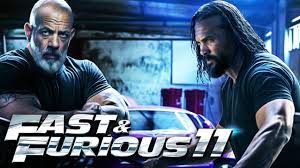
In addition to the main cast, “F9” brings back fan-favorite characters like Han Lue (Sung Kang), who was thought to be dead but makes a surprising return, adding another layer of intrigue and excitement to the plot. The film also features a new character, Queenie Shaw (Helen Mirren), and sees the return of Magdalene Shaw (Helen Mirren), the mother of Deckard (Jason Statham) and Owen Shaw (Luke Evans), further intertwining the narratives of the franchise’s broader universe.
As Dom and his crew race against time to stop Jakob and prevent a global catastrophe, they must rely on their bond as a family and their unparalleled driving skills. “F9” delves deeper into the themes of brotherhood, betrayal, and redemption, exploring how family ties can be both a source of strength and a cause of great pain.
The film culminates in an epic showdown between Dom and Jakob, filled with emotional confrontations and jaw-dropping stunts that test the limits of both human endurance and vehicular engineering. “F9” is not just an action film; it’s a celebration of the franchise’s enduring legacy, pushing the boundaries of what fans have come to expect from the “Fast & Furious” series.
“F9” promises to deliver a thrilling cinematic experience filled with the franchise’s signature blend of fast cars, intense action, and the unwavering theme of family, making it a must-watch for fans eagerly awaiting the next chapter in this beloved saga.
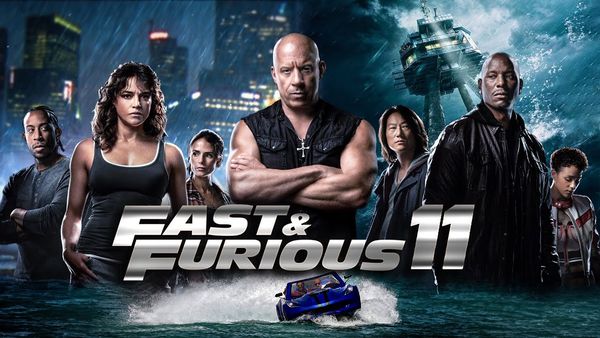
WATCH:
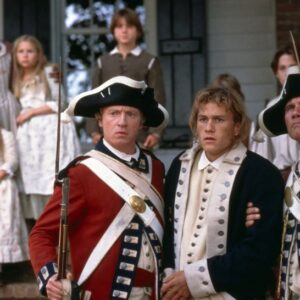
The Patriot (2000) “The Patriot” is a 2000 historical war film directed by Roland Emmerich, starring Mel Gibson, Heath Ledger, and Joely Richardson.
In the year 1776, as the American colonies teeter on the brink of war with Great Britain, Benjamin Martin, a veteran of the French and Indian War, finds himself torn between his reluctance to return to battle and his growing sense of duty to his fellow colonists. Widowed and raising his seven children on a sprawling plantation in South Carolina, Benjamin, played by Mel Gibson, wishes only for a peaceful life, far from the horrors of war.
However, the flames of revolution quickly reach his doorstep when the war comes to his home. Benjamin’s oldest son, Gabriel (played by Heath Ledger), is a fervent young patriot who enlists in the Continental Army against his father’s wishes. Gabriel’s youthful enthusiasm and passion for the cause of freedom are stark contrasts to Benjamin’s painful memories of past conflicts. Despite his father’s pleas, Gabriel’s resolve is unshaken.
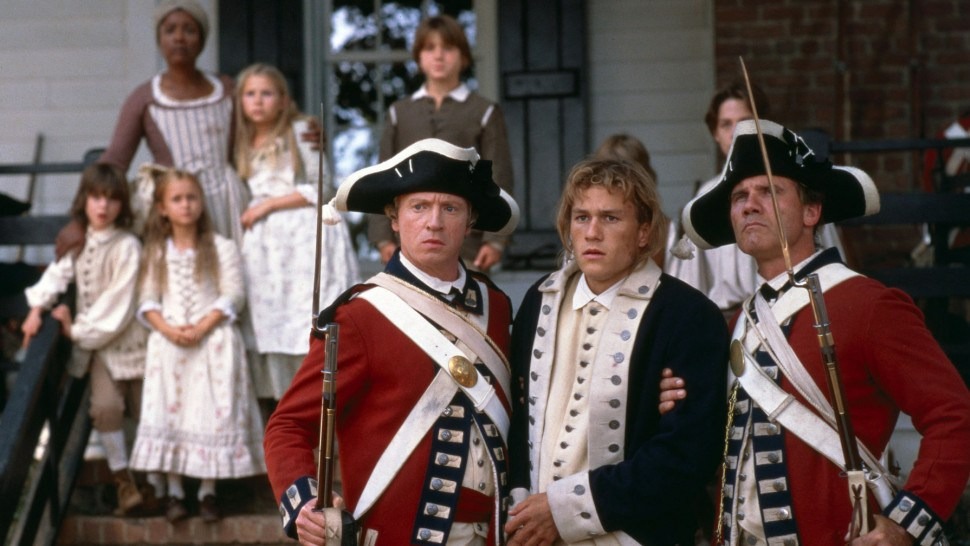
As the war intensifies, the brutal realities of the conflict are brought home in the most devastating way. A British officer, Colonel William Tavington, known for his ruthless tactics, arrives in South Carolina, enforcing a scorched-earth policy. In a horrifying attack, Tavington and his men burn down the Martin family home, killing Benjamin’s second son, Thomas, when he tries to save Gabriel, who has returned home wounded.
Grief-stricken and filled with a fury he thought long buried, Benjamin decides to act. Armed with only his tomahawk and his past experience as a soldier, he ambushes a British convoy transporting Gabriel. With the help of his younger sons, Benjamin brutally slaughters the British soldiers, revealing a dark, violent side of himself that shocks even Gabriel. This act of vengeance pulls Benjamin fully into the war he hoped to avoid.
Benjamin and Gabriel join a local militia, employing guerrilla tactics against the British. The militia’s cunning and surprise attacks disrupt supply lines and strike fear into the hearts of their enemies. As they fight side by side, father and son begin to bridge the gap created by their differing views on war. Gabriel comes to see the wisdom in his father’s caution, while Benjamin is reminded of the idealism and hope that fuels the fight for independence.
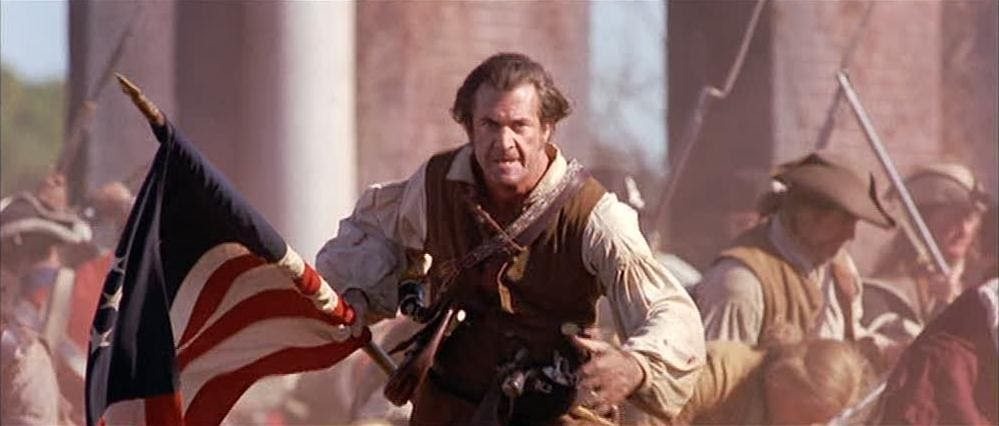
Throughout their campaign, the militia faces numerous challenges. Supplies are scarce, and their makeshift army consists of farmers, tradesmen, and other everyday colonists with little formal training. But their determination is unwavering. They are spurred on by Benjamin’s leadership, Gabriel’s passion, and a burning desire for freedom from British rule.
As the war rages on, personal sacrifices become inevitable. Gabriel falls in love with Anne Howard, the daughter of a local tavern owner, but their budding romance is cut short when Tavington razes their town, killing Anne and her family. Consumed by grief, Gabriel becomes reckless in his pursuit of Tavington, determined to avenge Anne’s death.
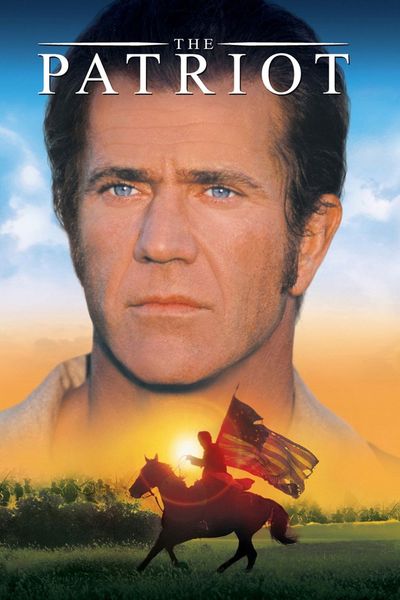
In a tragic turn, Gabriel’s quest for vengeance leads to his death in a skirmish with Tavington. Benjamin, now having lost two sons to the war, is devastated. He contemplates abandoning the fight, weighed down by the heavy cost it has exacted on his family. But his resolve is steeled by the sacrifices of those around him and the realization that his children’s deaths cannot be in vain.
In a climactic battle, Benjamin faces Tavington on the battlefield. Fueled by both grief and a desire for justice, Benjamin kills Tavington in a fierce hand-to-hand combat. The American militia, inspired by Benjamin’s courage and leadership, gains the upper hand, leading to a decisive victory against the British forces.
In the aftermath of the war, as the tide turns in favor of the Continental Army, Benjamin returns home to his remaining children. The war has taken a heavy toll on him, both physically and emotionally, but it has also reaffirmed his belief in the fight for freedom and the future of the new nation. As he begins to rebuild his home and his life, he embodies the resilience and spirit of a nation being born out of the ashes of conflict.
“The Patriot” is not just a tale of a man’s journey through war, but a profound exploration of the sacrifices made for freedom, the bonds of family, and the enduring human spirit in the face of unimaginable loss.
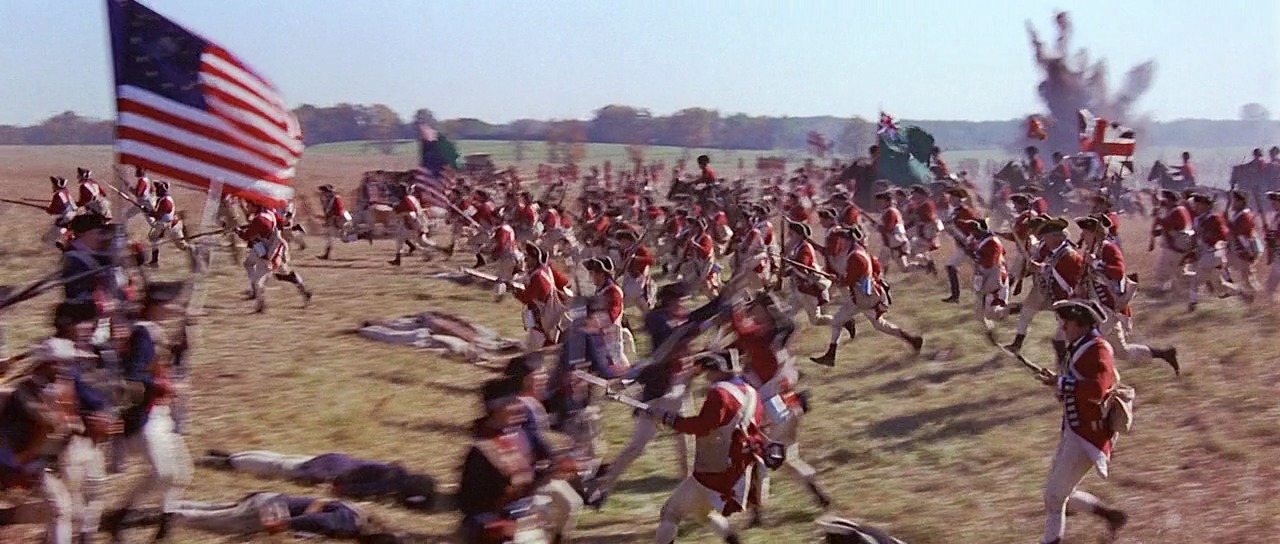
WATCH:
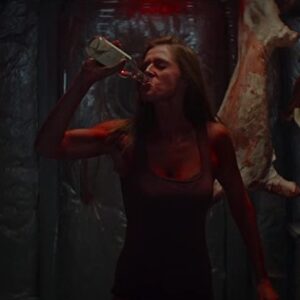
“Superdeep” (2020) is a Russian science fiction horror film directed by Arseny Syuhin.
“**Superdeep**” (2020) is a Russian science fiction horror film directed by Arseny Syuhin that delves deep into the unknown horrors lurking beneath the Earth’s surface. Set in the 1980s, the story is inspired by the real-life Kola Superdeep Borehole, a drilling project in the Soviet Union that penetrated over 12 kilometers into the Earth’s crust, the deepest artificial point on Earth.
**Plot Summary**
The film begins with an unsettling event: a group of scientists working at a remote research station in the Kola Peninsula are conducting experiments deep within the Earth’s crust. Suddenly, they are interrupted by eerie noises emanating from the depths of the borehole. Moments later, a scientist begins to show signs of a mysterious illness, his body covered in lesions and rapidly deteriorating. The station goes silent, and all communication is lost.
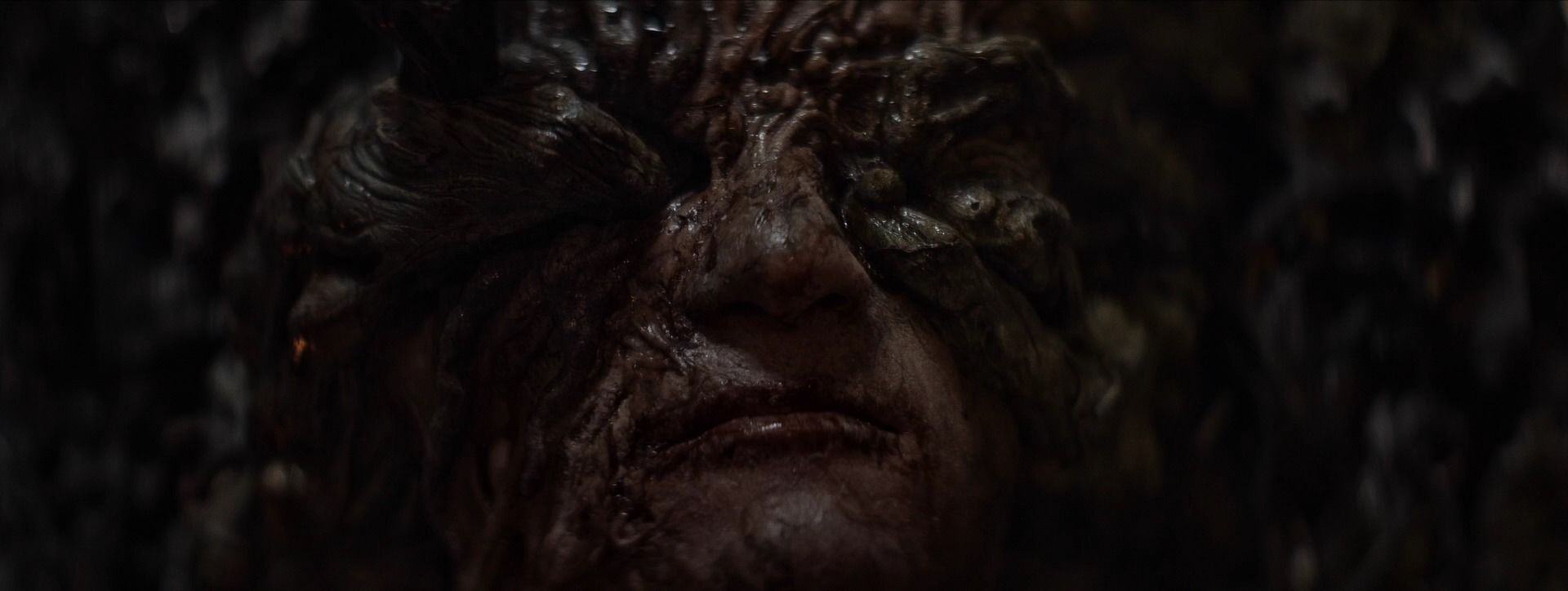
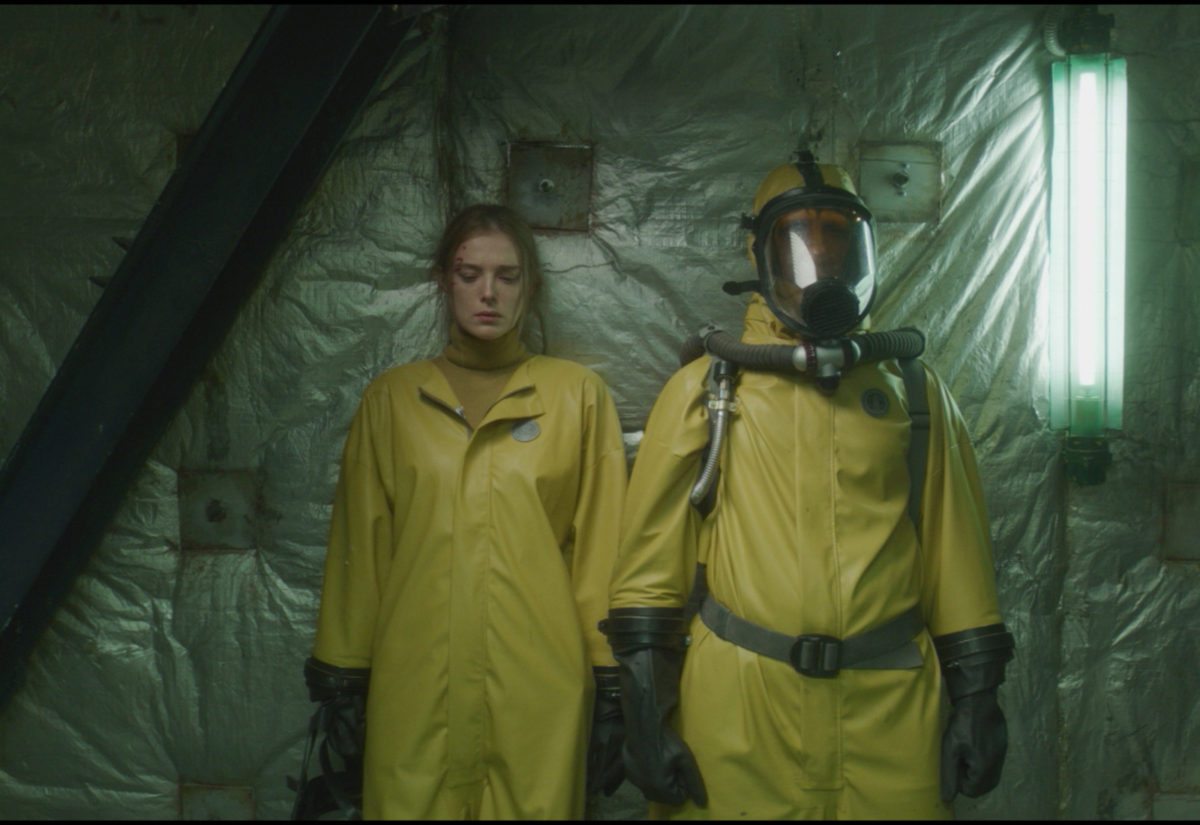
Dr. Anna Fedorova, a brilliant epidemiologist with a troubled past, is called in by the Soviet military to investigate the mysterious illness that has seemingly wiped out the research team. Reluctantly, she agrees, driven by a desire to redeem herself after a tragic incident during a previous assignment that resulted in the loss of lives. Accompanied by a team of soldiers and scientists, Anna embarks on a perilous journey to the remote station, unaware of the horrors that await them below.
Upon arrival, the team descends into the dark, cold depths of the borehole, where they quickly discover the abandoned remains of the research station. The deeper they go, the more apparent it becomes that the initial incident was only the beginning. They encounter the bodies of the previous team, grotesquely mutated and fused with the metal and walls around them, suggesting some horrific form of parasitic infection.
As they venture further into the superdeep borehole, they begin to experience hallucinations, terrifying visions that challenge their grip on reality. The team starts to unravel, paranoia sets in, and it becomes clear that something far more sinister than they could have imagined is lurking in the dark. They soon realize that the noise recorded at the borehole wasn’t just a geological anomaly—it was a distress call from something ancient and hungry, buried beneath the Earth for millennia.
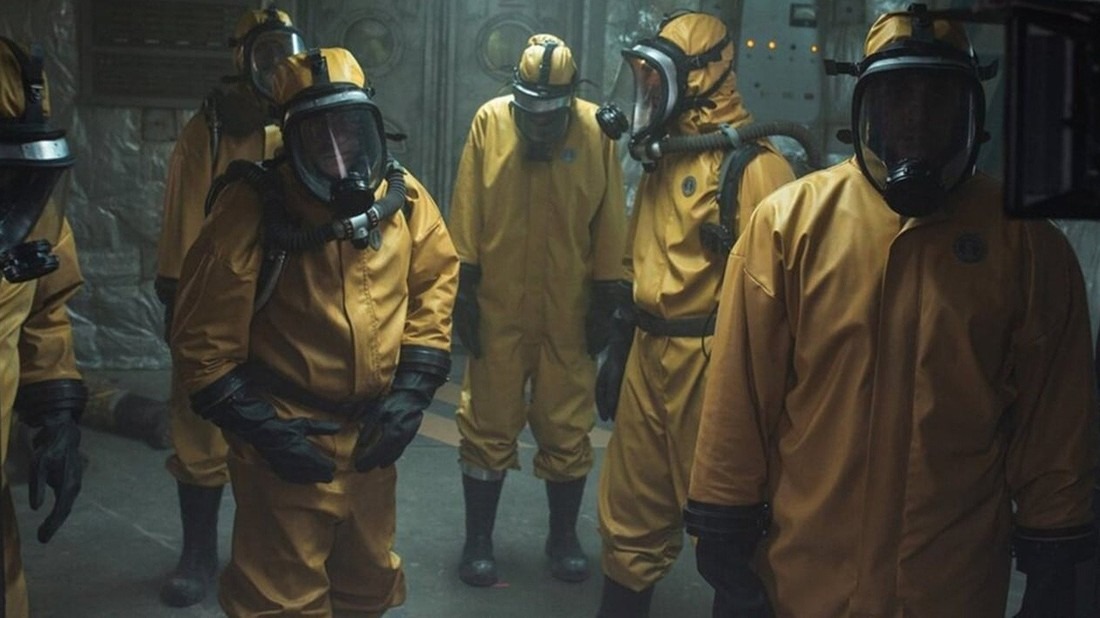
The infection begins to spread among the team members, revealing its horrifying nature: a rapidly mutating organism that invades the body, warping it into nightmarish forms. Anna, haunted by the past and driven by a need to make amends, must now confront her deepest fears. She has to find a way to contain the outbreak and ensure that whatever horrors lie beneath do not reach the surface.
As the situation grows more desperate, Anna discovers the truth: the borehole has tapped into a prehistoric microbial lifeform, a kind of proto-virus that can rewrite the genetic code of its host. This ancient virus has the power to transform its victims into grotesque, monstrous entities, blending organic and inorganic matter. The deeper they go, the closer they come to the core of the infection, where a vast network of these creatures awaits.

In a thrilling climax, Anna and the remaining survivors face off against the monstrous creatures born from the infected humans and animals within the depths of the Earth. Using the last of their resources, they set off a series of explosives to collapse the tunnel, sealing the creatures within and cutting off the infection’s path to the surface. Anna barely escapes with her life, but not without a deep sense of foreboding—knowing that the entity they encountered may not be the only one lying in wait beneath the Earth’s crust.
As Anna returns to the surface, bruised and battered but alive, the final haunting message of the film is revealed: there are places on this planet that humanity was never meant to explore. The deep is a place of ancient secrets and terrifying discoveries, a realm where science and the supernatural intersect, and where the true horrors of the unknown are yet to be discovered.
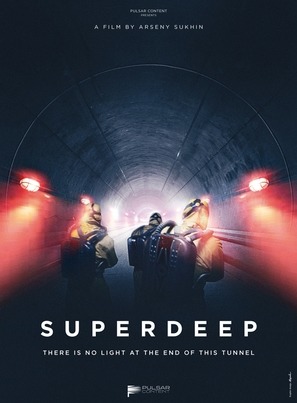 WATCH:
WATCH:
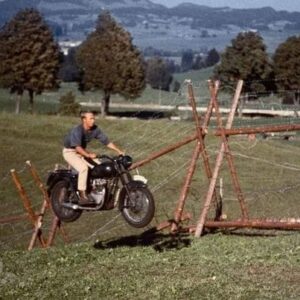
“The Great Escape,” directed by John Sturges and released in 1963, is a classic war film based on the true story of Allied
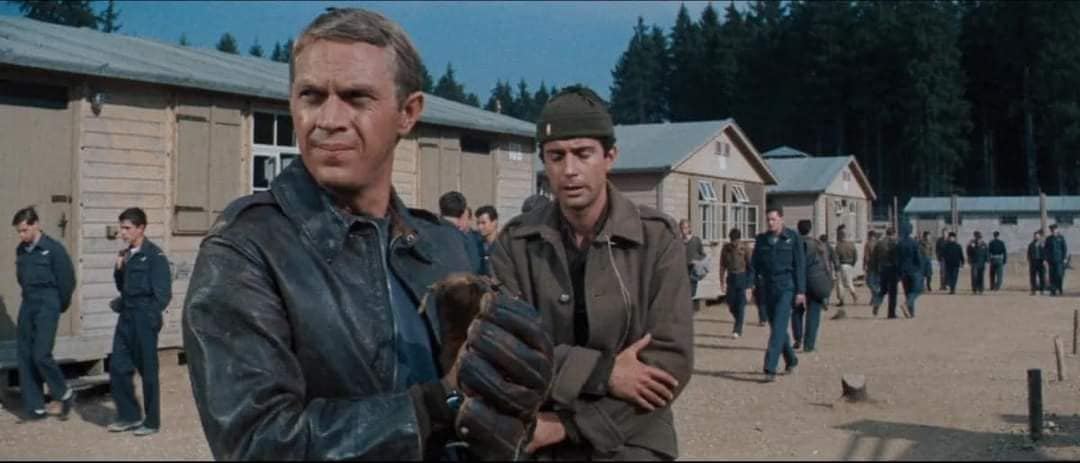
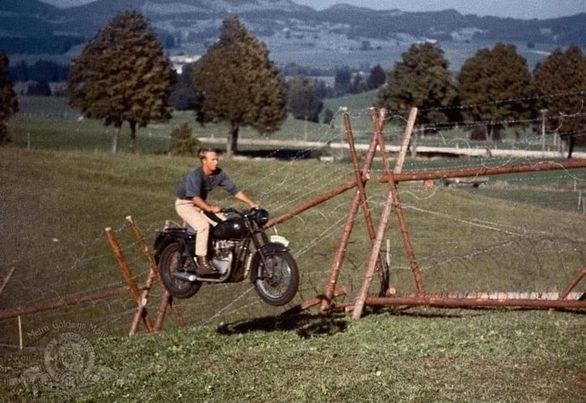
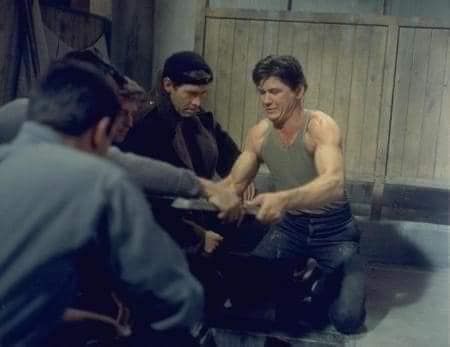
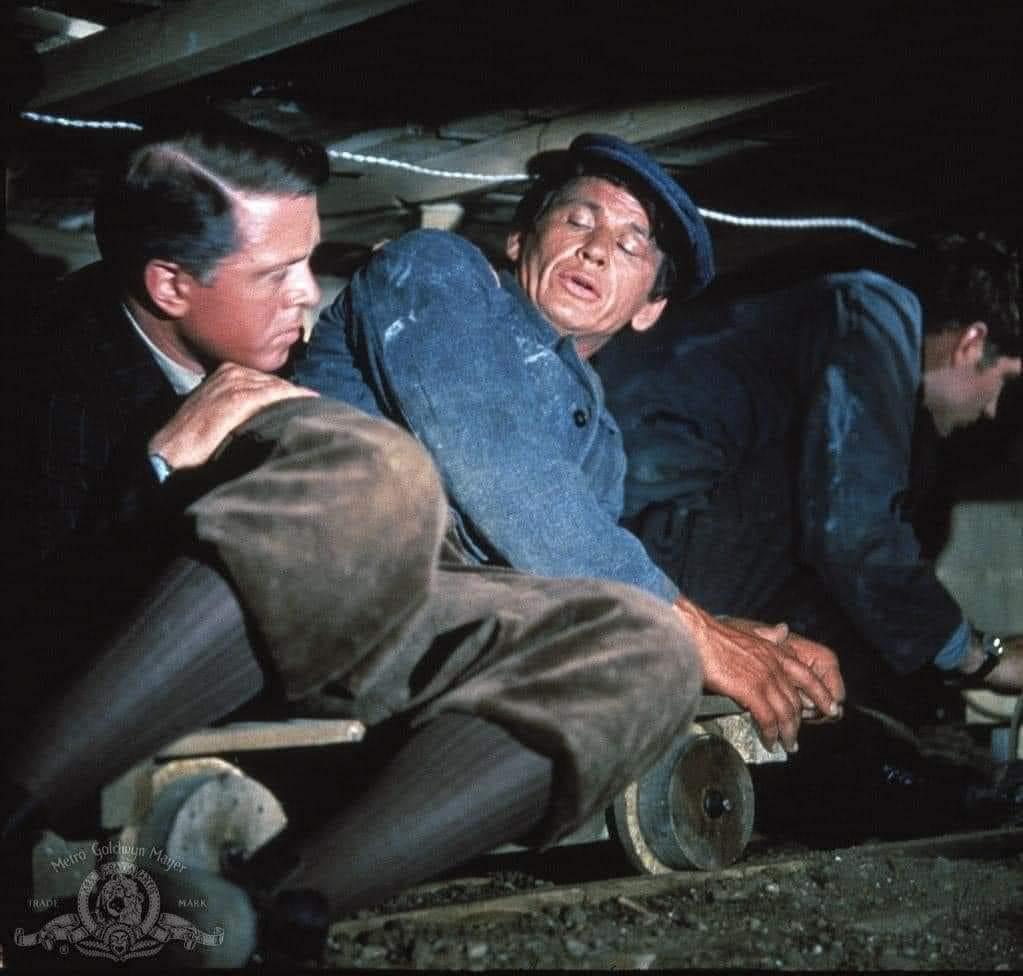
WATCH:
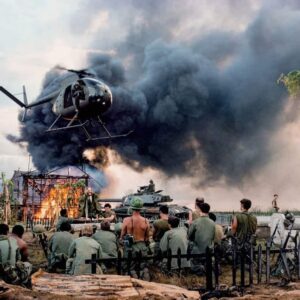
“The Wild Geese” is a 1978 British war film directed by Andrew V. McLaglen and based on the novel of the same name by Daniel Carney.
The Wild Geese is a 1978 British war film directed by Andrew V. McLaglen, based on the novel of the same name by Daniel Carney. The film tells the story of a group of mercenaries hired to undertake a daring mission in Africa, blending action, adventure, and camaraderie against a backdrop of political intrigue and danger.
Plot Summary
The story begins with Colonel Allen Faulkner (played by Richard Burton), a seasoned and respected British mercenary, being approached by a wealthy industrialist, Sir Edward Matherson (played by Stewart Granger). Matherson has a covert mission in mind: to rescue Julius Limbani (played by Winston Ntshona), a deposed African leader who is being held captive by a brutal dictator in Zembala, a fictional African country. Matherson believes that Limbani’s leadership could stabilize the region and protect his business interests.
Faulkner, intrigued by the challenge and the promise of a substantial payday, agrees to lead the operation. He assembles a team of old comrades, including Captain Rafer Janders (played by Richard Harris), a strategic planner with a son he deeply loves; Lieutenant Shawn Fynn (played by Roger Moore), a charming pilot with a ruthless streak; and Sergeant Major Sandy Young (played by Jack Watson), a tough-as-nails soldier with a heart of gold. Together, they recruit a diverse group of skilled mercenaries, all of whom have their reasons for taking on the mission.
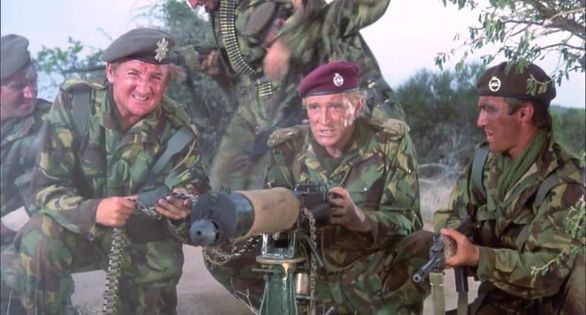
The Mission
The mercenaries, known as “The Wild Geese,” undergo rigorous training to prepare for their covert operation. The plan is to parachute into Zembala, liberate Limbani, and extract him safely out of the country before the regime’s forces can react. However, the mission is fraught with challenges. As they parachute into the African wilderness, they quickly encounter hostile terrain and enemy patrols.
Upon reaching the prison camp where Limbani is held, the team executes a well-coordinated assault, successfully freeing the leader. However, the mission takes a grim turn when they learn that the aircraft meant to extract them has been reassigned by Matherson, who has made a deal with the new regime in Zembala. The mercenaries are now stranded deep in hostile territory, betrayed and left to fend for themselves.
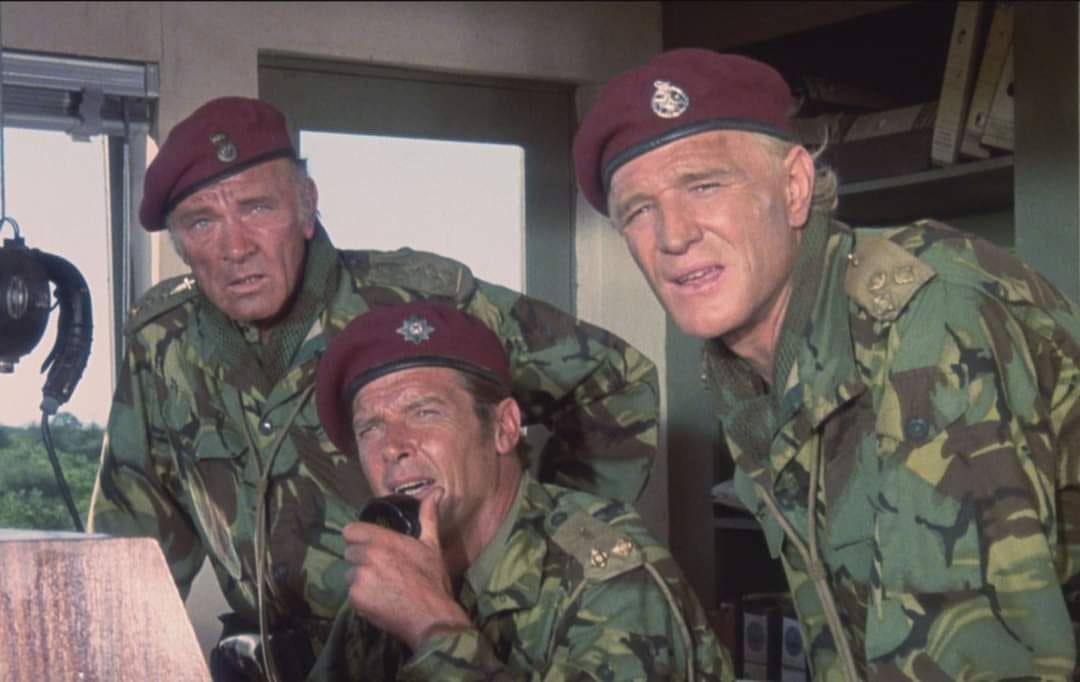
Survival and Betrayal
Realizing they have been double-crossed, Faulkner and his men must navigate through treacherous jungles and savannahs while being relentlessly pursued by Zembalan troops. As they fight for their survival, they face intense battles, suffering casualties and forming deeper bonds of camaraderie. Limbani, who was initially seen as just a political asset, begins to gain the respect and admiration of the mercenaries, especially Janders, who shares philosophical and personal moments with him.
The journey takes its toll on the group. As they near their breaking point, they encounter more betrayal when one of their own, coerced by fear and greed, attempts to sell them out. Despite the internal conflict, the remaining members push forward, determined to see the mission through, driven by a sense of duty and brotherhood.
Climactic Escape
As they near the border, the situation grows desperate. The group is reduced in number and strength, but their resolve remains unshaken. In a climactic showdown, they confront the pursuing Zembalan forces in a fierce firefight. Fynn sacrifices himself to buy the others time, showcasing his uncharacteristic but profound loyalty to his comrades. Meanwhile, Janders, gravely wounded, makes the ultimate sacrifice, allowing Faulkner, Young, Limbani, and a few surviving mercenaries to escape.
In the end, Faulkner and the remaining survivors manage to reach a safe airstrip where they commandeer a plane to escape, leaving behind a war-torn land and many fallen comrades. Back in London, Faulkner confronts Matherson, seeking retribution for the betrayal. In a tense confrontation, Faulkner delivers a stark warning before departing, a man forever changed by the mission and the losses endured.
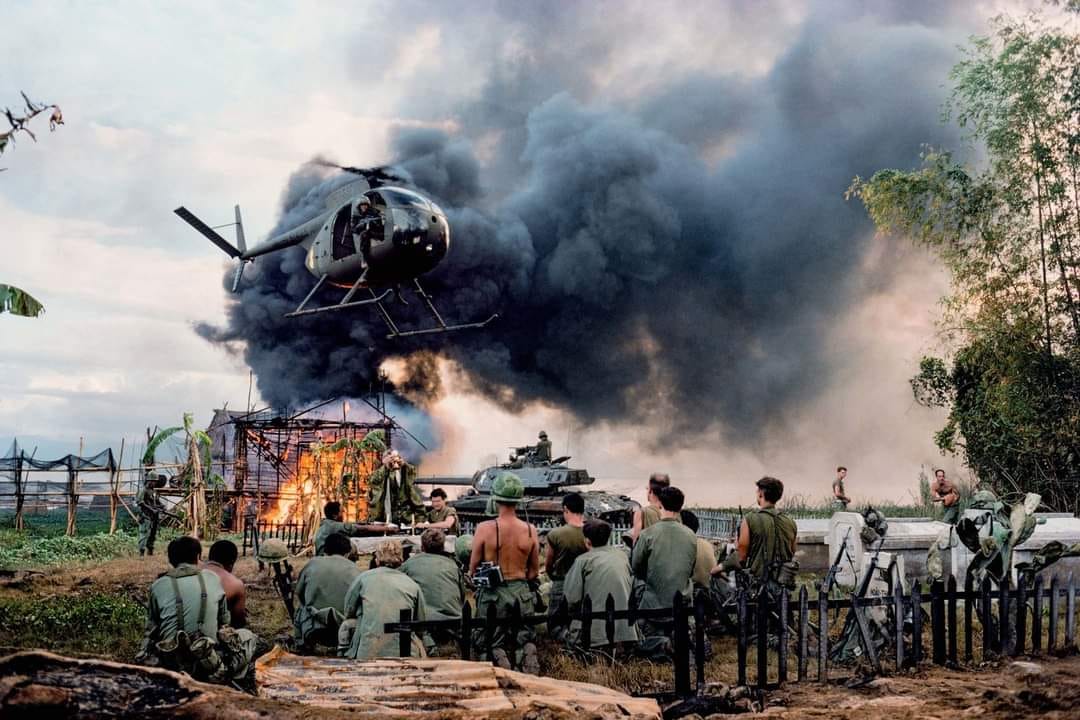
WATCH:
